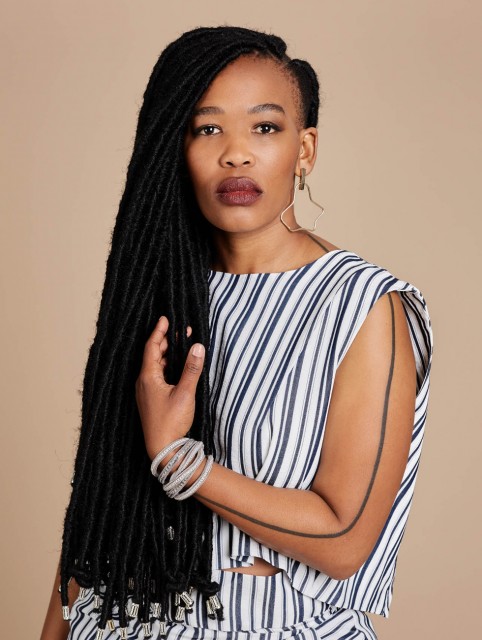Sacred Return – Liverpool Biennial Announces Theme, Participating Artists, for 25th anniversary Edition

Liverpool Biennial has announced the theme and artist line-up for its 12th edition. Taking place at venues across the city from June to September 2023, this iteration – examining Liverpool’s past, present and future – will mark the 25th anniversary of the UK’s largest free contemporary visual arts festival.
It is to be organised around the title uMoya: The Sacred Return of Lost Things. Key here is ‘uMoya’, a word which translates from isiZulu as spirit, breath, air, climate and wind. Using this idea as a lens applied locally to address the history and temperament of the city, Biennial director Sam Lackey, said: “I am excited to bring the spirit of uMoya to the city of Liverpool.”
Each Biennial is largely fashioned by a different curator at its helm. This time, the responsibility has fallen to Cape Town-based curator, Khanyisile Mbongwa, whose vision and experience said Lackey, will provide “a perspective of historic acknowledgement that ultimately proposes alternative futures for our world.” Regarding the theme and its relationship with its host city, Mbongwa observed: “Wind often represents the fleeting and transient, the elusive and intangible, but I remember my first moment standing at the docks in Liverpool and feeling the wind in my bones.

“The same wind that made Liverpool the epicentre for the trade of enslaved people and a city that built itself through each ‘merchant’ ship. And I wondered, how can this wind redraw the lines of cartography as pathways for a reckoning to occur? How can it gesture towards healing through implementing systems of care that would allow for a sacred return? A return to self that aligns the celestial and ancestral, a return where one is not denied access to themselves, a return where all that is lost or stolen is acknowledged, remembered, accounted for, ignited and returned.”
Good questions. For the answers, we look to the Biennial’s featured artists, more than 30 of whom have so far been confirmed.
Among those charged with the task are Charmaine Watkiss, whose exhibition of figurative drawings we recently reviewed. American abstract painter Torkwase Dyson, meanwhile, works across various mediums to explore ecology, infrastructure, and architecture, in relation to environmental racism. Senegalese-Italian artist Binta Diaw uses installation to explore migration and immigration, notions of identity and her position as a Black woman in a Western context. Born in Iran, Helsinki-based multidisciplinary artist, researcher and educator Sepideh Rahaa uses storytelling and resistance to investigate power structures, social norms and conventions. And Tlingit and Unangax̂ multi-disciplinary artist and musician from Alaska, Nicholas Galanin (top), engages contemporary culture from his perspective rooted in connection to land.
Biennial director Lackey hopes that the “geographical breadth of [the] artists will provide new perspectives on our city that acknowledge its past and continued effects on the world and suggests new modes of repair, freedom and joy.”
Venues confirmed so far include perennial partners Bluecoat, FACT Liverpool, National Museums Liverpool, Open Eye Gallery, Tate Liverpool and Victoria Gallery & Museum. (Further venues and sites will be announced next Spring – as ever, expect the unexpected in this regard.)
Click for more information and to see the full list of Liverpool Biennial Artists
Images: Nicholas Galanin, Never Forget, 2021. Courtesy of the artist. Photo by Lance Gerber; Khanyisile Mbongwa, Tatyana Levana Photography, Cape Town, South Africa





